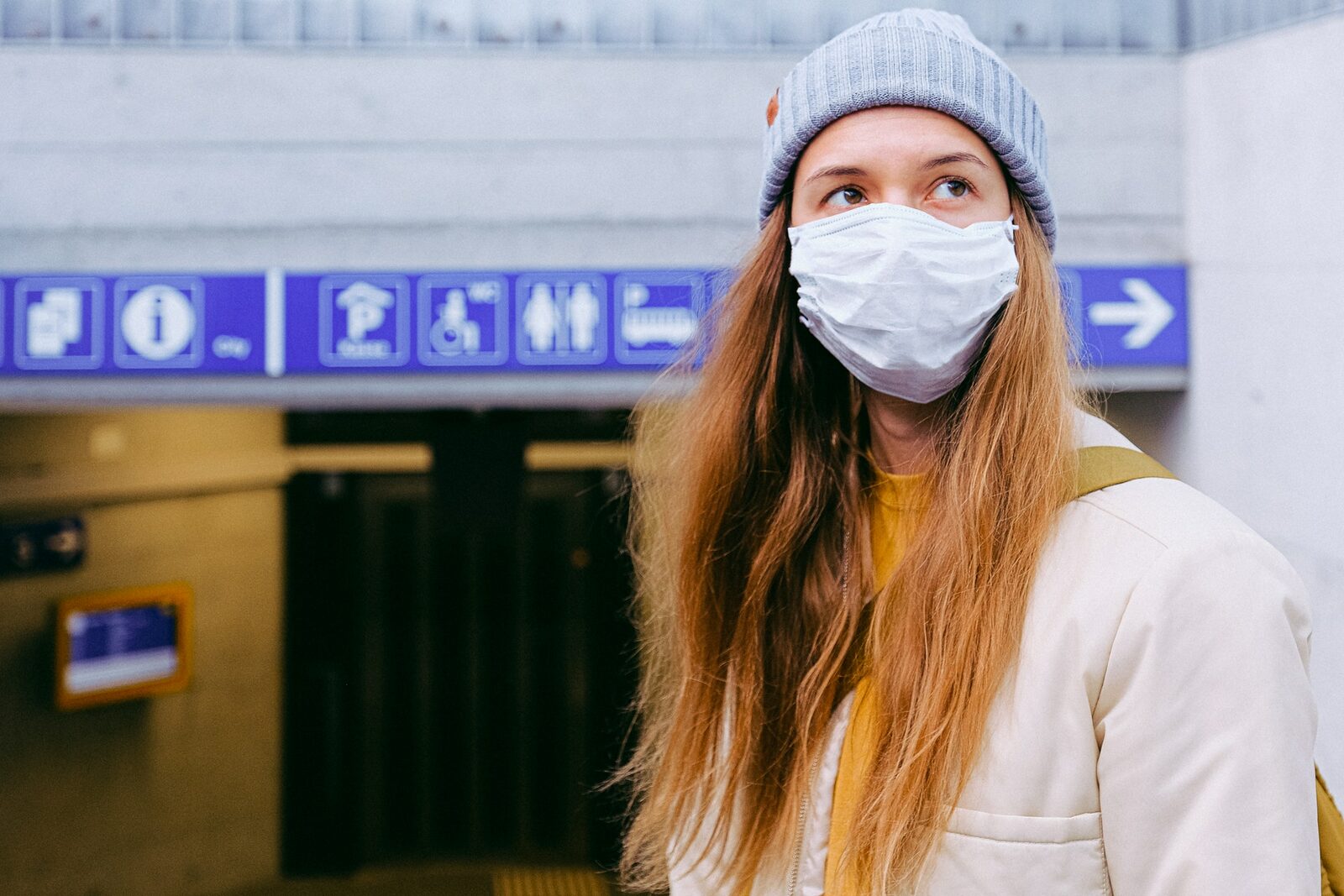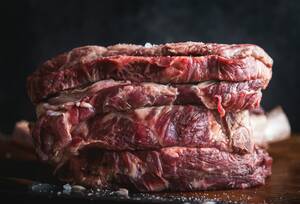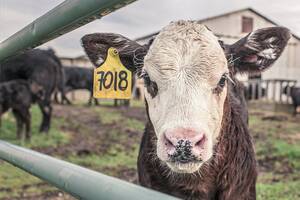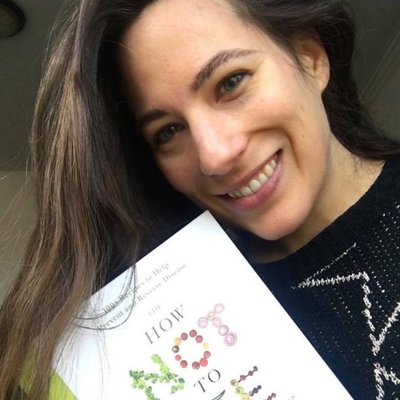Dit artikel krijg je cadeau van OneWorld.
Word abonnee
This article by Armanda Govers was originally written in Dutch. You can read the original (March 17th 2020) article
here.
De oorspronkelijke, Nederlandse versie van dit artikel (17 maart 2020) lees je hier.
In China, after the coronavirus outbreak, the
trade and consumption of wild animals was banned. The source of the corona outbreak appears to be the
Wuhan market, a fish market where other wild animals – dead and alive – were sold and slaughtered for consumption. The outbreak is reminiscent of the 2003 SARS epidemic, which also originated in a market where wild animals were slaughtered and traded. Many wild animal species are bred for consumption in China, as is the case with chickens, pigs and cows. Meanwhile, about
twenty thousand wild animal farms have been shut down.
“
To prevent this kind of pandemic in the future, we need to thoroughly review our relationship with animals
It’s a logical and much-needed step. On a broader scale, we see governments and health organizations fighting to contain the spread of the virus. Nevertheless, there is no worldwide ban on the consumption of (wild) animals. For now, tackling the source of these infectious diseases does not go any further than the advice that – and this goes for both wild animal meat (
bushmeat) and
bred animals – slaughter must be carried out hygienically and meat must always be cooked properly, as the World Health Organization (WHO) states. But in order to prevent this kind of pandemic in the future, we need to thoroughly review our relationship with animals. Especially now that the number of animal diseases that are transmissible to humans is
increasing at an unprecedented rate, as the World Food Organisation (FAO) warns.
Our food system is largely based on animal husbandry: in my small country alone – the Netherlands – there are about 30,000 farms that keep animals. All those millions of animals are a reservoir and pathway for viruses that can be dangerous for humans. The consequences of a new infection leading to a pandemic can now be seen in the novel coronavirus.
Zoonoses
Experts on biosecurity, biology and health warn that the world is increasingly at risk of pandemics, partly due to the growing livestock production. The American Centers for Disease Control and Prevention (CDC) reports that more than 60 percent of known infectious diseases in humans and
three out of four new or emerging infectious diseases are ‘zoonoses’: infectious diseases that are transmissible from animals to humans.
Ebola,
SARS,
MERS,
Mexican flu and
HIV, for example, are zoonoses, and were probably transmitted to humans as a result of the consumption of bats, civet cats, camels, pigs and chimpanzees, respectively.
“
Most zoonoses are transmitted as a result of the consumption of animals
These transmissions can happen through human-animal contact such as petting, biting or scratching, but most zoonoses are
transmitted as a result of the consumption of animals. When poachers, but also breeders, employees, vets and slaughterers have intensive contact with infected animals, the body fluids of the infected animals can infect humans. Contamination can also occur by eating raw, contaminated meat, dairy products or eggs, as is the case with Salmonella, Campylobacter, E.coli and Hepatitis E. Sometimes zoonoses are transmitted through the air, as is the case with Q-fever from goats.
Previous pandemics
A ban such as introduced in China is a big taboo when it comes to chickens, pigs, goats or cows. But it is quite probable that the four previous pandemics were transmitted to humans from domesticated poultry and pigs:
- The Spanish/H1N1 flu claimed an estimated 20 to 100 million lives in 1918 and 1919. This virus was presumably transmitted from poultry to humans and pigs. Many young people died from infection with this virus. At that time, however, viruses weren’t well understood, and too few measures were taken to contain the disease.
- In 1957 and 1958 the Asian/H2N2 flu claimed more than a million lives. This virus was a mutation of avian with human flu viruses.
- In 1968, Hong Kong/H3N2 flu claimed one million lives. This virus was also a mutation of avian with human flu viruses.
- The Mexican/(H1N1)pdm09 flu (originally called swine flu) emerged in 2009 and claimed an estimated 151,700 to 576,400 lives. Of these, 80 percent were under the age of 65. This virus was a mutation of swine, bird and human flu viruses.
The Mexican flu and Hong Kong flu are still circulating as seasonal flus. That makes outbreaks of new infectious diseases even more problematic: you can’t get rid of them just like that. Another grievous example of this is the ongoing HIV pandemic. Since the outbreak in 1981, 32 million people have died from AIDS.
Avian flu and swine fever
Currently the avian flu and swine fever (not to be confused with swine flu/Mexican flu) are circulating. Last year, in China, an estimated 150 million pigs were ‘destroyed’ to stop the spread of the swine fever among pig herds. This led to horrific suffering: the animals were
buried and burned alive on large scale. The swine fever is
not transmissible to humans because the virus is unable to attach to human cells.
“
A future bird flu pandemic could be even more serious than the corona pandemic
The bird flu, however, is
transmittable to humans in certain forms. This happens sporadically, but has nonetheless already cost
hundreds of lives. In most cases, people were infected while slaughtering or preparing infected chickens or other poultry. A bird flu virus spreading from human to human is a dangerous situation. In the past 23 years, this happened
eight times (including once in my own country, where
one fatality occurred). These outbreaks were limited because the virus did not ‘successfully’ spread. However, it is possible for a bird flu virus to mutate to such an extent that it does successfully spread from human to human. In that case, a subsequent pandemic may occur, and
depending on the type of virus, this could be even more serious than the current corona pandemic. The bird flu virus H5N1 has a
mortality rate of 60 percent in humans. COVID-19 currently has an average global mortality rate of
around 4 percent.
This is the time for change
How is it possible that we are willingly sacrificing so much just so we can continue eating animals? We put our planet, our health and even our humanity at risk. We use violence against animals on a massive scale, and, clearly, this has great consequences: the risks of this kind of contact with animals are apparent. Apart from epidemics and pandemics, we haven’t even touched on antimicrobial resistance, which, according to the WHO, will result in
10 million deaths a year by 2050. In the EU,
70 percent of antibiotics are used to combat infectious diseases in animals (also a major problem in farmed fish), and due to this, bacteria can become resistant, which makes safe food production even more difficult.
“
Let's learn from the current pandemic and take the animal out of the food chain before it is too late
The question that we never ask is whether we should reconsider all animal consumption. In the Netherlands alone we slaughter
650 million animals a year. However, downsizing our oversized livestock population is not up for discussion within Dutch politics. In response to recent farmers’ protests (in relation to excessive domestic nitrogen emissions that need to be reduced), the largest parties, CDA and VVD, reassured farmers that
livestock populations will not shrink, not even with one single pig. And despite the 2009 Q-fever outbreak in our country, which resulted in a
hundred deaths and five hundred chronically ill people, goat farmers are allowed to expand. Since the outbreak in 2009 and 2010, the number of goats has even tripled.
It is high time to review this: can’t we produce our food without having to breed and slaughter animals? There are already so many fantastic meat, fish, egg and dairy substitutes available. Cell based technology is also developing rapidly, allowing us to grow anything from stem cells: not only meat, but also fat, collagen, leather, dairy, fish and egg. This significantly reduces the risk of zoonotic outbreaks and antimicrobial resistance. The end of animal suffering will result in a significant reduction of human suffering. Let’s learn from the current pandemic and make the decision to take the animal out of the food chain before it is too late.
We leven in onzekere tijden door het coronavirus. Er is behoefte aan betrouwbare informatie én verdieping. We hopen dat je dit bij ons vindt en wil bijdragen aan onze onafhankelijke journalistiek.
Dit kan je doen door te doneren of je te abonneren op ons magazine. Alvast bedankt!




